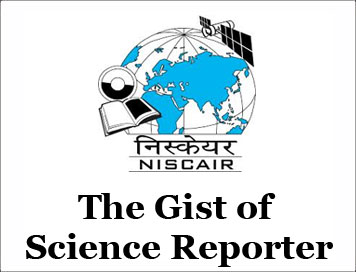(HOT) UPSC Current Affairs 2025 PDF
NEW! The Gist (NOV-2025) | E-BOOKS
(GIST OF SCIENCE REPORTER) IIT MADRAS HAS UNVEILED INDIA’S FIRST HYPERLOOP TEST TRACK
(GIST OF SCIENCE REPORTER) IIT MADRAS HAS UNVEILED INDIA’S FIRST HYPERLOOP TEST TRACK
(JANUARY-2025)
IIT MADRAS HAS UNVEILED INDIA’S FIRST HYPERLOOP TEST TRACK
The construction of India’s first Hyperloop test track, an 11-km facility at the Discovery Campus of IIT Madras in Chennai’s Thaiyur suburb, has been completed.
Key details
-
Hyperloop, a proposed ultra-high-speed, ground-level, solar-powered cargo and mass transportation system conceptualized in 2013 by American entrepreneur Elon Musk.
-
The system consists of a network of steel tubes, with pods traveling through a “near-vacuum” environment at speed up to 1,220 km (760 miles) per hour using magnetic levitation and propulsion.
Components of Hyperloop:
Vacuum tube: A low-pressure tube that’s kept near a vacuum to reduce air resistance.
Travel pod: Aerodynamically designed pods to reduce air resistance.
Compressor: It draws air from the pressurized column at the front of the vehicle, and releases it to the rear.
Significance
-
Ultra-fast transportation: Hyperloop can reach speeds up to 1200 km/hr, making it faster than bullet trains and planes for short to medium distance.
-
Cost effective in the long run: Lower operational cost and energy efficiency could make hyperloop cheaper than air travel in the long run.
-
Reduced travel time: For instance, a proposed hyperloop between Mumbai and Pune (Approx 150 km) could reduce travel time from 3 hours to just 25 minutes.
Challenges
-
High Initial Cost - Building the infrastructure requires substantial investment. According to research by Deloitte, the cost of building a one-kilometer Hyperloop track ranges between $25 million and $45 million, making large-scale deployment challenging
-
Safety Concerns - Since Hyperloop involves high-speed travel in a near-vacuum, ensuring passenger safety during emergencies is a critical challenge such as leaks and mechanical failures.
-
Regulatory & Legal Barriers - Hyperloop technology currently lacks established global standards and regulatory frameworks, delaying its adoption.
Way forward
-
Policy and regulatory framework - Forming a dedicated hyperloop regulatory authority.
-
Indigenous technology development - Collaboration with academic and research centres like IITs, IIScs and ISRO can drive technological innovations.
-
Pilot projects for feasibility testing - Prioritize small scale pilot projects to test feasibility, safety and economic viability.
-
International collaborations - Collaborate with countries actively working on Hyperloop technology such as the USA, UAE and European Union.
Conclusion
- With the right strategy hyperloop can enhance regional connectivity, reduce carbon emissions and position India as a global leader in futuristic transport systems.
CLICK HERE TO DOWNLOAD FULL PDF
CLICK HERE TO DOWNLOAD UPSC E-BOOKS
Study Material for UPSC General Studies Pre Cum Mains
Get The Gist 1 Year Subscription Online
Click Here to Download More Free Sample Material
<<Go Back To Main Page
Courtesy: Science Reporter



